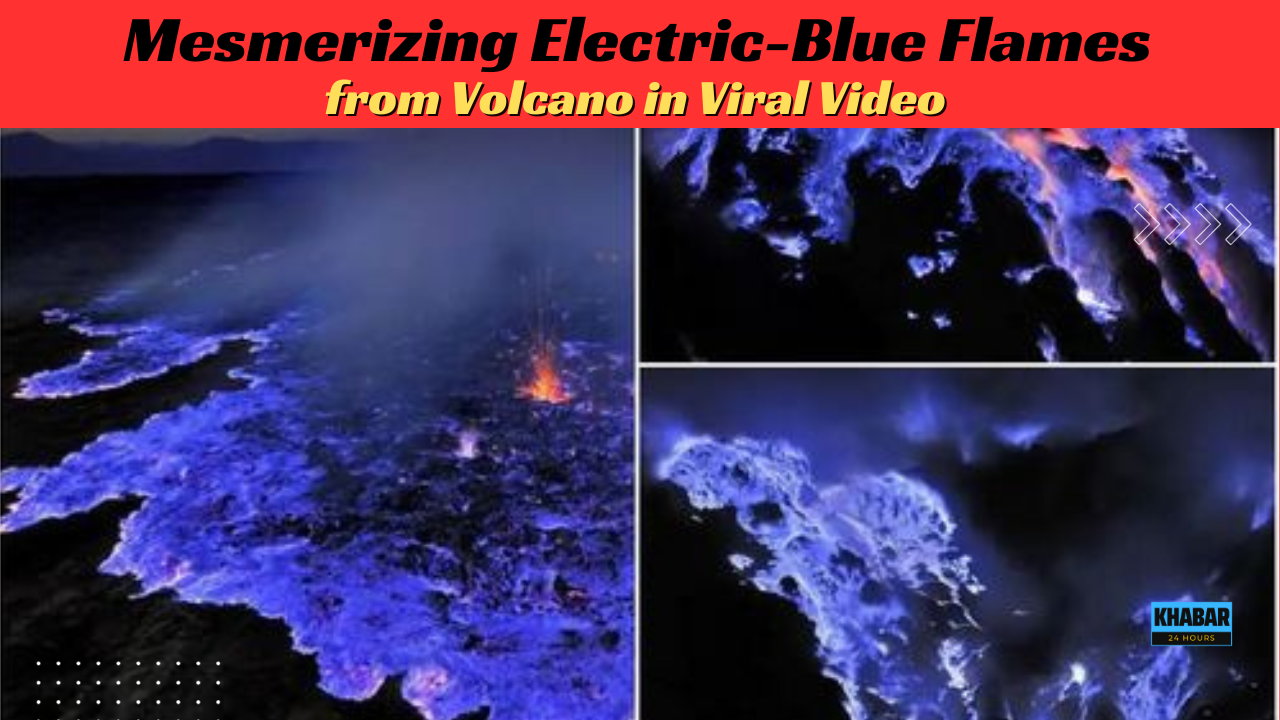
A captivating video of the Kawah Ijen volcano in Indonesia is causing a stir on social media, showcasing the mesmerizing sight of electric-blue flames bursting from its core.

A breathtaking video capturing electric-blue flames emanating from Indonesia’s Kawah Ijen volcano has reemerged, captivating social media users. Photographer Olivier Grunewald, renowned for documenting the volcano’s eruptions, explained to National Geographic that the enchanting blue glow occurs due to the combustion of sulphuric gases.
The video, originally featured in a documentary by Grunewald in partnership with Geneva’s Society for Volcanology, was filmed some years back but has recently regained popularity on various social media platforms.
The mesmerizing video showcases streams of vibrant blue flames swiftly emerging from the volcano, a phenomenon specific to Kawah Ijen. According to IFL Science, although the volcano shares similarities with others, the unique blue lava is a consequence of abundant sulphur pockets in the rock.
As clarified by Grunewald, the distinctive blue glow is not actual lava but rather the outcome of sulphuric gases combusting upon contact with air at temperatures surpassing 360 degrees Celsius. These striking blue flames can reach heights of up to 16 feet (five meters).
According to Smithsonian Magazine, miners who reside near the volcano extract the sulfuric rock left after the flames have subsided for use in various industries, including food and chemicals. These miners manually carry baskets filled with rocks down the mountain to sell, earning approximately 680 Indonesian rupiahs per kilogram (equivalent to about six cents). Grunewald estimates that these hardworking miners can extract and transport between 80 to 100 kg during a 12-hour work period, earning them around $5 to $6.
The Kawah Ijen volcano is part of an extensive volcanic complex situated within a crater formed by volcanic eruptions and collapses, often resulting in a large lake. IFL Science explains that the Ijen complex has around 22 eruption points, mostly along the rim of the caldera. The acid lake formed by the volcanic eruption is considered the largest of its kind globally, with a pH value of zero. Experts advise against swimming in the lake due to potential life-threatening risks.

